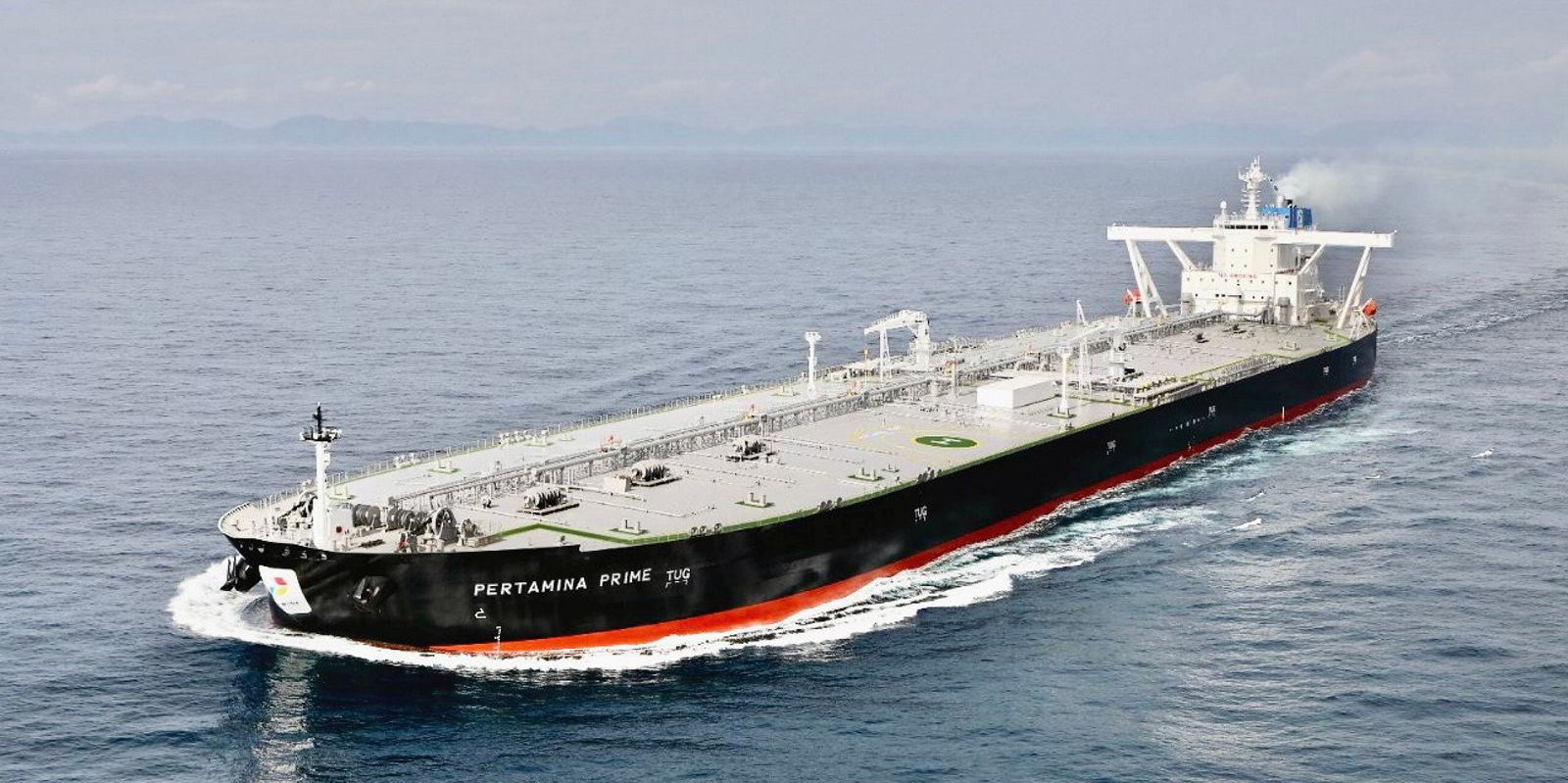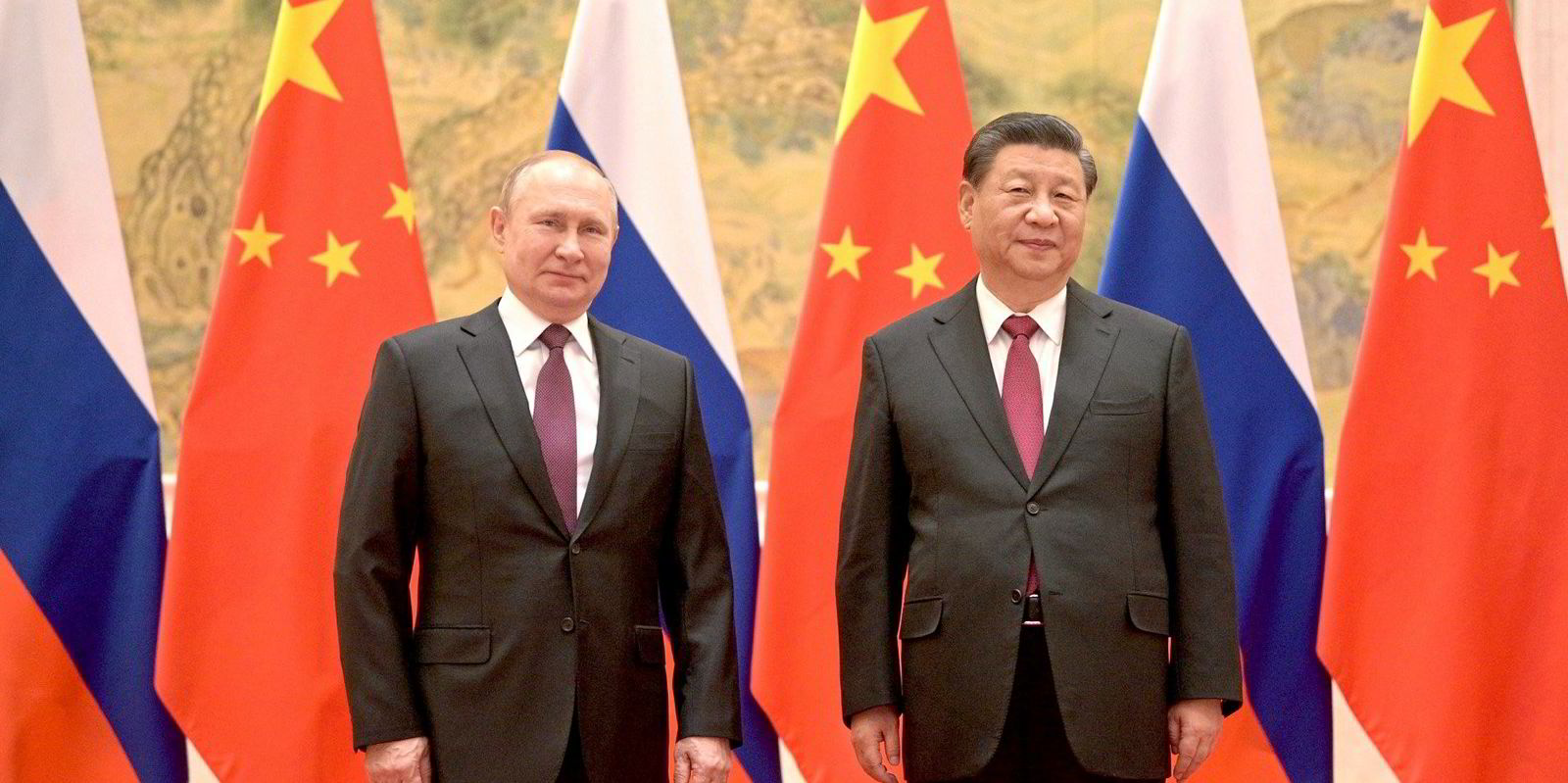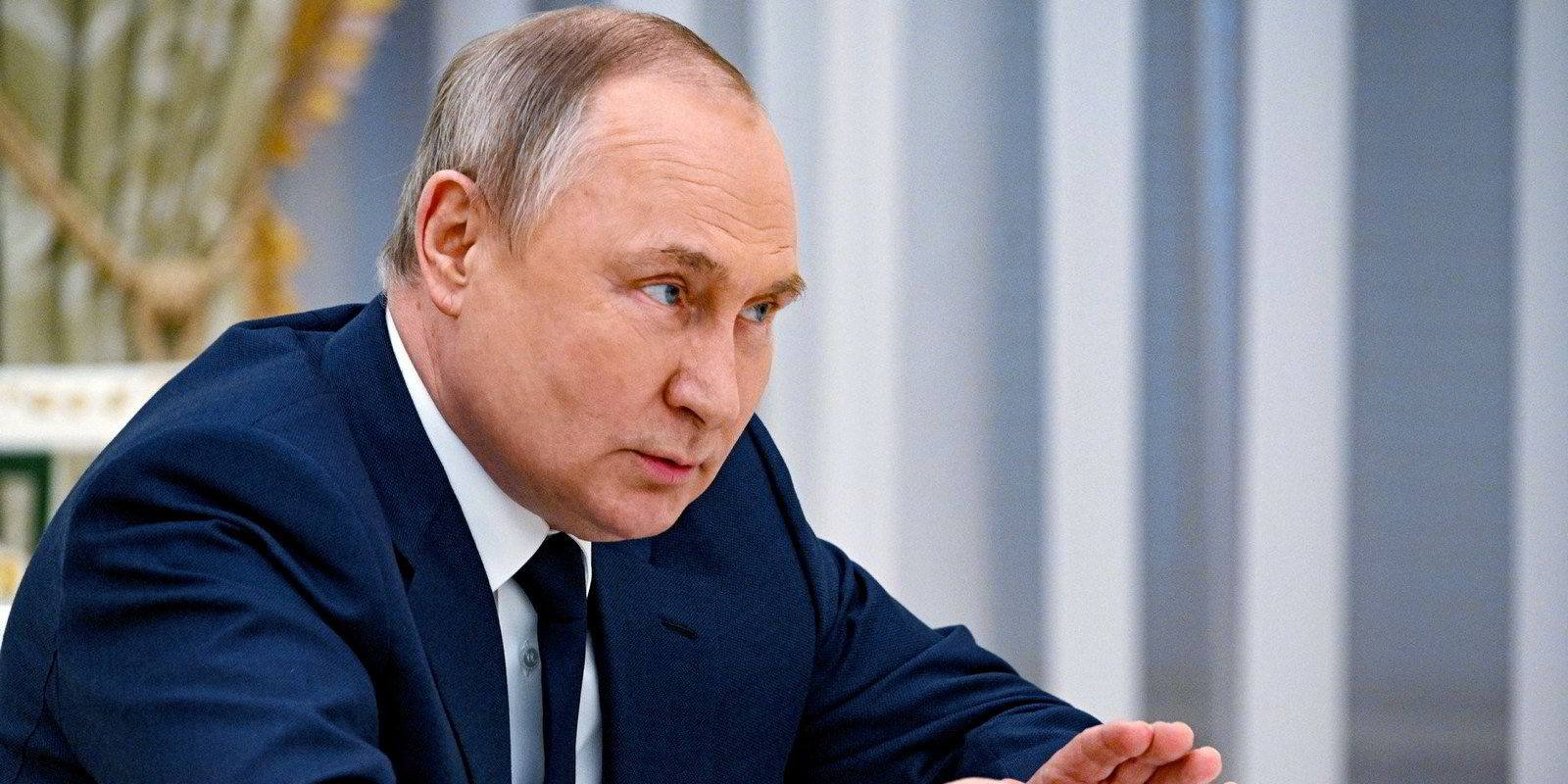Xi Jinping and Vladimir Putin are set to meet this week in person for the first time since Russia invaded Ukraine in February this year.
The Chinese and Russian premiers are set to sit down together on the sidelines of the Shanghai Cooperation Organization Summit 2022 in Uzbekistan, according to the Kremlin.
While the two will have much to discuss, the shipping industry will be on the lookout for signs of how Russia intends to find new markets for its energy commodities after Western sanctions come into force later this year.
According to Anoop Singh, head of tanker research at Braemar, Putin may ask Xi not sign up to the G7 price cap initiative.
“That represents the most direct challenge to Russia’s oil revenues,” Anoop told TradeWinds.
On 2 September, the G7 group of nations agreed to impose a global price cap on Russian crude oil. However, big importers such as China, India and Turkey may refuse to take part.
Despite restrictions, Moscow’s oil revenues have risen by around 40% year-on-year helped by a surge in crude exports to Asia and Turkey on the back of higher oil prices, according to Barry Rogliano Salles.
Ralph Leszczynski, Banchero Costa’s Singapore-based head of research, tells TradeWinds that so far China has taken politically a rather neutral stance over the invasion of Ukraine.

“It’s economic relationship with Western Europe is too important to jeopardise, and they clearly do not want to attract further sanctions on themselves,” he said.
“That said, they are taking the same opportunistic stance as India, Turkey and others in taking advantage of the situation to get sharp discounts on commodity prices now that Russia is against a wall.”
So far this year, from January to August, seaborne crude oil imports from Russia to China have increased by 46.7% year-on-year to 27.9m tonnes, according to Leszczynski.
In the same period, seaborne coal imports from Russia to China increased by 24.9% year-on-year to 35m tonnes. LNG imports from Russia to China increased by 5% year-on-year to 2.5m tonnes.
Leszczynski says clearly there is the potential to push this much further.
“Despite the growth in volumes, 49% of all crude oil exports from Russia so far this year still ended up in Western Europe, and just 19% to China,” he said.
For coal, 16% of Russian exports so far this year ended in Western Europe with 22% in Japan/Korea/Taiwan and 29% to China. For LNG, it was 51% to Western Europe, 22% to Japan, and just 12% to China.
“Therefore, if Europe and perhaps also Japan and Korea completely shut the door to Russian commodities later this year or from next year, which is a lot of crude, coal and gas which will be displaced and can only find markets in China and India,” said Leszczynski.
“I am sure both China and India would be very happy to buy it at the ‘right price’ i.e., with even deeper discounts. For shipping this would be great, as the logistics are very inefficient.
“To redirect those exports to Asia increased significantly the tonne miles, and on top of that you need to use smaller-sized tonnage as the infrastructure is currently lacking to load VLCCs or capesizes in the Baltic Sea or the Black Sea,” he added.





